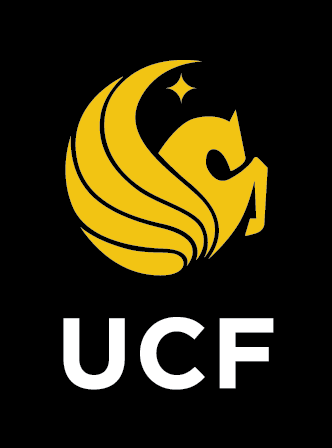|
Tennessee Board of Regents: Developmental Studies Redesign Initiative
Actual Savings Summary
Prior to beginning their redesigns, each team analyzed the costs of the traditional format of the course during AY 2006-07. Each project also projected what their savings would be as a result of the redesign in the first year of full implementation, AY 2008-2009. After the redesigns were fully implemented, those numbers were reviewed and recalculated to express the actual savings accrued by the redesigns. Projects used the same salary figures (from AY 2006-2007) in their re-calculations. The reason for using the same baseline salary figures rather than the actual salaries in 2008-09 is to understand the effect of the structural changes made in the course. Were one to use actual 2008-2009 salaries, the effect would be to “inflate” the savings simply because of normal increases in salaries between the two timeframes. (Example: adjunct salaries in 2006-07 = $2,000; adjunct salaries in 2008-09 = $2,500. If one used the actual $2,500 figure, this would “inflate” the actual savings because the increase would not be due to redesign but to salary increases across the institution.)
This means that the actual savings shown below are understated. We believe that it is better to show this conservative number in order to be consistent in our methodology and to isolate the impact of the redesign on the cost structure of the course. One could conduct an actual audit of the course under each condition if one wanted to be more specific.
The calculations in the charts reflect differences in operating costs between traditional and redesigned formats after the redesign is complete. The cost savings primarily reflect decreased time spent by instructional personnel (full-time faculty, adjunct faculty, graduate teaching assistants) and/or substitution of less expensive personnel. Other kinds of cost savings are not included in the charts such as those accrued from increased space capacity. In addition, the savings shown are for one year. The charts do not amortize the savings over the life of the course. Doing so would increase the savings by a factor of five, for example, if the course remained substantially the same for five years.
There are four ways that the cost-per-student figures translate to actual practice: 1) newly available faculty time, which can be reassigned to other courses or responsibilities; 2) actual dollar savings (e.g., the elimination of adjuncts or other personnel); 3) the capacity to serve more students, thus reducing the cost-per-student; 4) a decline in faculty workload for the course.
TBR DSRI: Actual Savings Summary |
| Institution |
Course |
Cost Per Student |
Savings per |
% |
|
|
Traditional |
Redesign |
Student |
Savings |
| APSU |
Elem and Inter Algebra |
$448 |
$215 |
$233 |
52% |
| Northeast |
Basic and Developmental Reading |
$197 |
$97 |
$100 |
51% |
| Chattanooga |
Basic Math, Elem and Inter Algebra |
$191 |
$145 |
$46 |
24% |
| Jackson |
Basic Math, Elem and Inter Algebra |
$177 |
$141 |
$36 |
20% |
| Cleveland |
Basic Math, Elem and Inter Algebra |
$226 |
$183 |
$43 |
19% |
AVERAGE
|
33% |
| |
| Institution |
Course |
Annual |
Annual Cost |
Annual |
|
|
Enrollment |
Traditional |
Redesign |
Savings |
| Northeast |
Basic and Developmental Reading |
400 |
$80,832 |
$39,639 |
$41,193 |
| Cleveland |
Basic Math, Elem and Inter Algebra |
1,200 |
$270,625 |
$219,258 |
$51,367 |
Jackson |
Basic Math, Elem and Inter Algebra |
1,839 |
$333,159 |
$258,529 |
$74,630 |
| Chattanooga |
Basic Math, Elem and Inter Algebra |
3,600 |
$687,600 |
$522,000 |
$165,600 |
| APSU |
Elem and Inter Algebra |
900 |
$402,804 |
$193,556 |
$209,248 |
| TOTAL |
|
7,939 |
|
|
$542,038 |
| |
|
